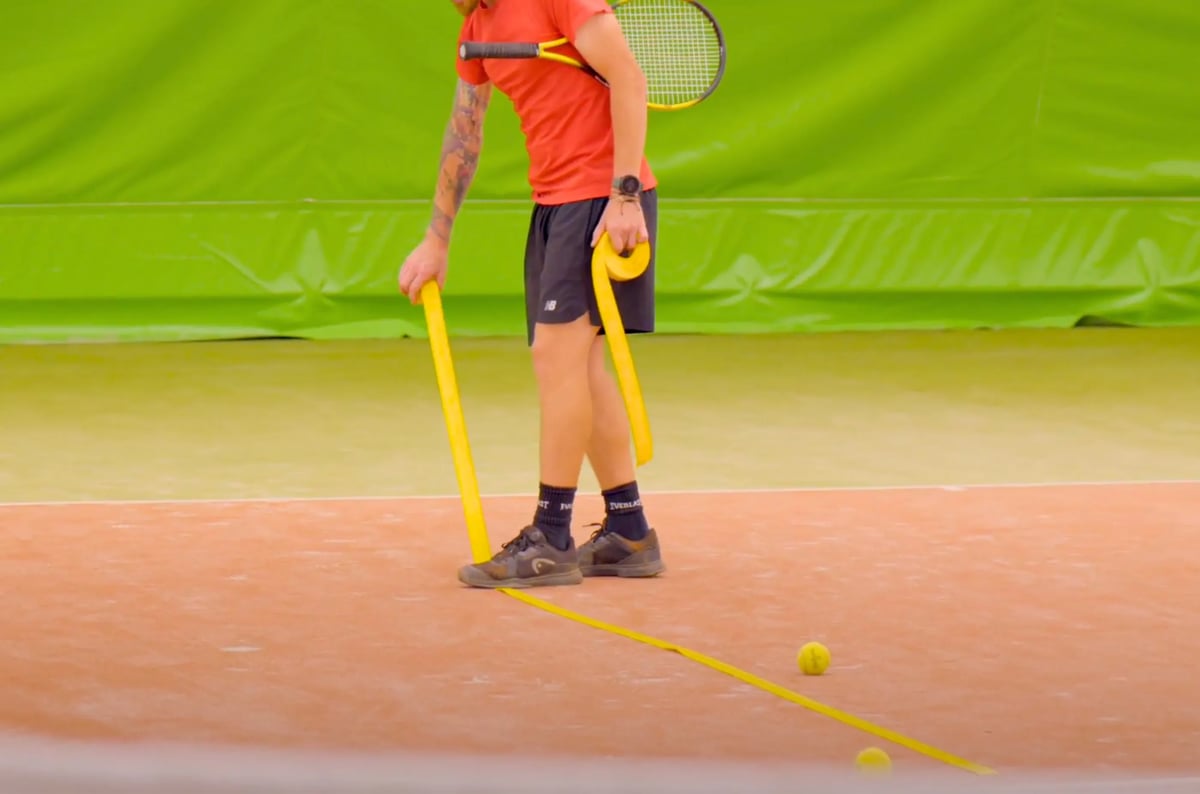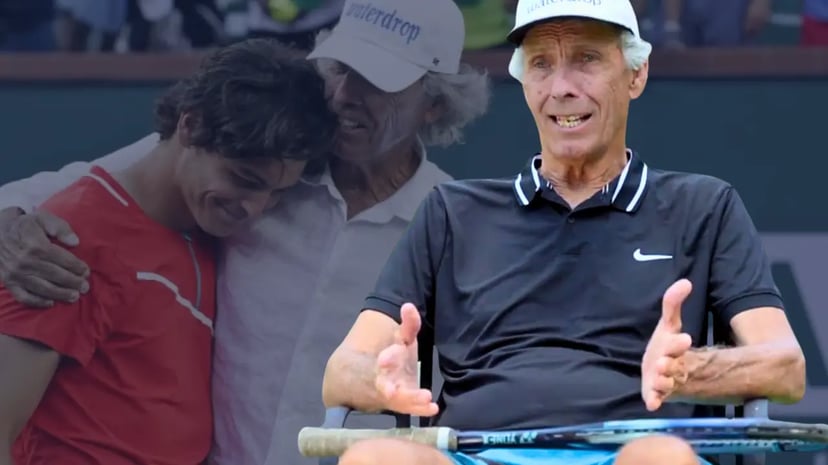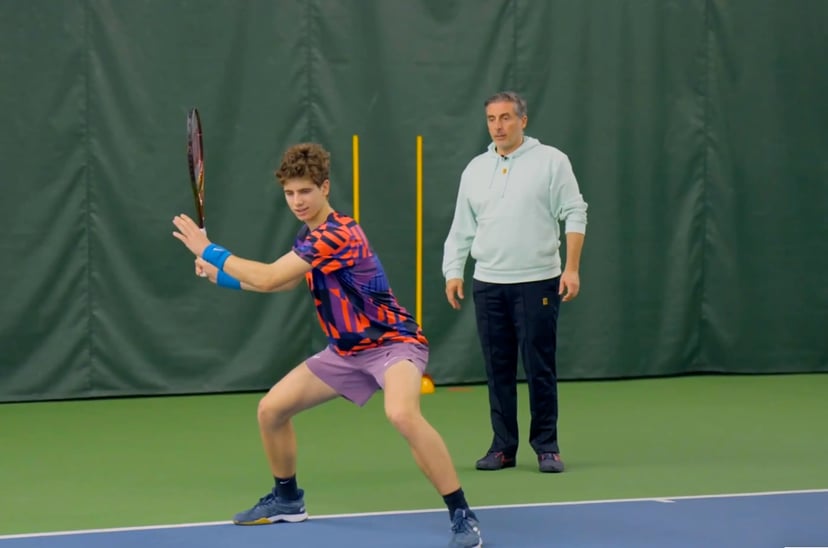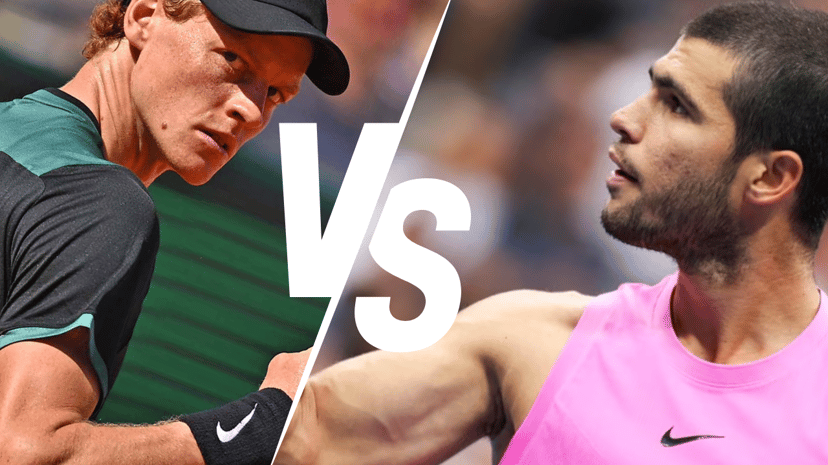
In the world of tennis, one of the most critical factors in player development is accuracy and repetition. The ability to hit precise shots consistently can be the difference between a good player and an elite competitor. At Coach Life, our top junior coaches—who helped shape many of today’s top professional players—emphasize this principle across our extensive video library.
Why Accuracy is Essential
Tennis is a game of margins. The difference between a shot landing in or out can be a matter of inches, and players who can consistently place the ball exactly where they intend have a massive advantage. Accuracy allows players to:
• Control rallies by placing the ball deep and keeping opponents on the defensive.
• Execute strategic plays such as hitting into open space or pulling opponents out of position.
• Reduce errors and make their game more reliable under pressure.
At Coach Life, Michal Kaznowski, the junior coach of Iga Świątek, shared how he and Iga trained accuracy every day using zones training. He recalls a defining moment when he knew Iga had the potential to be a professional: she could hit 20 consecutive balls to the same spot on command. In a match, hitting two or three consecutive shots to a precise target can break an opponent down—but this level of consistency takes thousands of hours to master.
In addition to zones training, Michal also used a moving coach drill, which was one of the most fascinating aspects of Iga’s training. In this drill, Michal would move along the baseline during a rally, and Iga had to adjust her shot placement based on where he was standing. If he shifted to the middle, she had to change direction and hit the ball back to him in real-time. This forced her to:
• React to movement and adjust her placement mid-rally.
• Develop control under dynamic conditions.
• Train her ability to hit into zones while on the move.
This type of live adaptive accuracy training helped Iga become one of the best juniors in the world by the time she stopped working with Michal.
Watch Now:
Todd Widom and Pierre Arnold: The Power of Relentless Accuracy
One of the best examples of how target training can elevate a player’s level is Todd Widom, one of our featured coaches on Coach Life. Todd runs a boutique tennis academy in South Florida alongside Pierre Arnold, a legendary coach from Argentina.
Pierre has developed numerous top 100 players as juniors, including Peyton Stearns, whom he coached from the age of 10. Interestingly, Pierre was also Todd’s junior coach when he was a young player, guiding him through his developmental years.
I actually played Todd in the semifinals of a professional tournament and, to be honest, I underestimated him. He had a lower ranking than me, and on paper, I expected a straightforward match. But from the start, I noticed something unique—Todd didn’t have any massive weapons, but he had the ability to hit his targets relentlessly on both sides.
Every ball he hit landed exactly where he wanted, and it was like being under constant, suffocating pressure. There were no easy points, no lapses in his accuracy. It wore me down, and I ended up losing 6-4 in the third set.
Todd was the No. 1 junior in the U.S., reached the top 200 in the world, and recorded some big wins against top-level players. Without injuries and a cancer diagnosis during his career, he likely would have been a top 30 player in the world.
Check Targets Section on Coachlife
The Importance of Footwork in Target Training
When doing basket feeding and target drills, players must incorporate movement into every shot. The sequence should always include:
1. Running to the ball instead of just standing and hitting.
2. Taking stutter steps and adjustment steps before striking.
3. Setting a strong base before hitting the shot.
4. Recovering back to the center of the court.
There are four specific videos on Coach Life from our expert coaches that highlight the importance of adjustment steps before striking the ball:
• Michał Kaznowski (Iga Swiatek's junior coach).
• Sly Black (Coco Gauff and Sloane Stephens' junior coach).
• Patrick Tauma (Naomi Osaka's junior coach)
• Jeff Drock (Coachlife's fitness expert).
These coaches emphasize the importance of small adjustment steps that allow a player to stay balanced, react quickly, and set up properly for every shot.
Additionally, Todd Widom and Pierre Arnold stress the importance of recovering back to the middle after each shot. Many of our Coach Life coaches incorporate recovery steps into target training, ensuring players not only hit with precision but also position themselves optimally for the next ball.
Target at the Net: A Different Approach to Accuracy
One of the most unique accuracy training methods comes from Robert Lansdorp, who coached Maria Sharapova, Pete Sampras, Lindsay Davenport, and Tracy Austin.
Lansdorp also coached Michael Joyce, one of our own CoachLife instructors, who was ranked 60th in the ATP rankings. Joyce later worked with Maria Sharapova for 8 years from the age of 16 and coached Jessica Pegula for 7 years, also starting at age 16.
Instead of placing targets at the baseline, Lansdorp developed a unique approach, placing an adjustable stick at the net with a tennis ball can taped to it. This method helped players:
✔ Generate proper racket head speed while maintaining height over the net
✔ Hit higher for clay-court play (used by Maria Sharapova before the French Open)
✔ Aim lower for offensive, penetrating shots on faster surfaces
This technique makes it easier for players to focus on a target at the net rather than one deep in the court, reinforcing more precise shot control and better trajectory awareness.
🔗 Below is a link to a drill where Michael Joyce demonstrates this technique, which he learned directly from Robert Lansdorp.
Serving Accuracy: Training Your Mind to See the Right Target
Robert Lindstedt, a three-time Wimbledon finalist and Australian Open champion, and Justin Sherring, junior coach of Jack Draper, have a unique perspective on serving accuracy.
Instead of thinking about where the serve lands, they focus on the effect the serve has on the opponent.
• If players focus on the outcome of the serve, it subliminally helps them control the angle of their racket face.
• Cones are used to emphasize space and track the line of the ball.
• The cones track where you want the ball to go, not exactly where you hit it.
This method helps players create a clear mental image of their serve’s trajectory, allowing them to hit their spots more consistently under pressure.
Watch Now:
Serving - Ad Side Accuracy - The theory behind accuracy and where and how you should aim your serve
Bringing it All Together
Across all our target training content on Coach Life, one message is clear: accuracy, movement, and repetition are the keys to elite development. Whether it’s:
• Baseline target training with Michal Kaznowski.
• Strategic placement drills with Stan Boster.
• Footwork-focused training with Sly Black, Patrick Tauma, and Jeff Drock.
• Net-based accuracy training with Robert Lansdorp.
• Serving precision drills with Robert Lindstedt and Justin Sherring.
Each of our expert coaches emphasizes the same fundamental truth: tennis players must train with accuracy while incorporating movement, recovery, and repetition to reach the highest level.
Train with the Best on Coach Life
Our extensive drills and targets section, featuring 38 and 17 in-depth videos, provides players and coaches with the tools to implement these training methods into their own routines. Whether you’re looking to develop pinpoint accuracy, improve serving targets, or master movement-based repetition training, Coach Life offers a structured roadmap to success.
Ready to take your game to the next level? Explore our target training category today and start training like the best.


